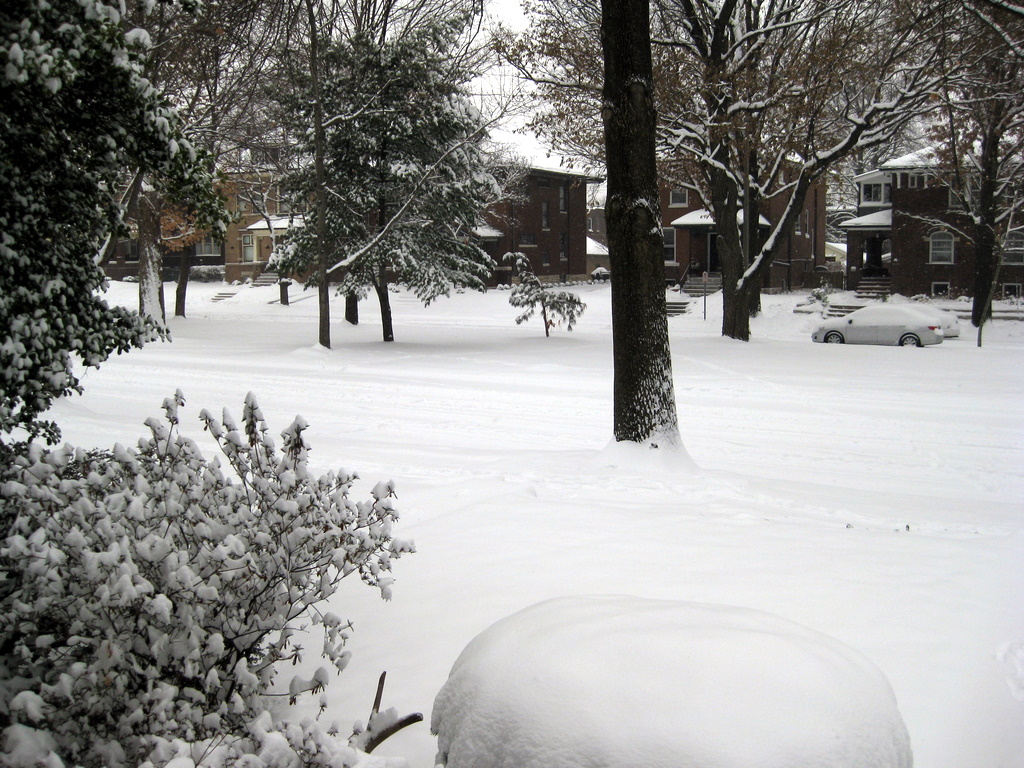The Hellhound and HeLa: Recent American Historical Writing At Its Best
The last really good history I read was "Hellhound On His Trail, " which follows James Earl Ray's path from his childhood in Alton, Illinois through a violent intersection with the life of Dr. Martin Luther King, Jr., and continues to follow Ray's trajectory with his quizzical recantations of his "life's purpose." With the same cool hand, Sides sketches the strengths and inadequacies of Dr. King's inner circle and paints larger atmospheric strokes with newspaper headlines on the increasing violence in response to desegregation and the influence of war in Vietnam on national sentiment about federal involvement in heretofore state affairs. By themselves, vignettes about Ray's lackluster career as a petty criminal, his stunted attempts at artistic grandeur and addiction to prostitutes would simply depress the reader. Here, the intentional failures and manipulations of Hoover's FBI and first-hand accounts of Ray's behavior appear like birds descending on a tragic town, flickering across the broader canvas creating momentum and dread. Awful as the true subject of this thriller may be, I found myself disappointed to reach the end.

